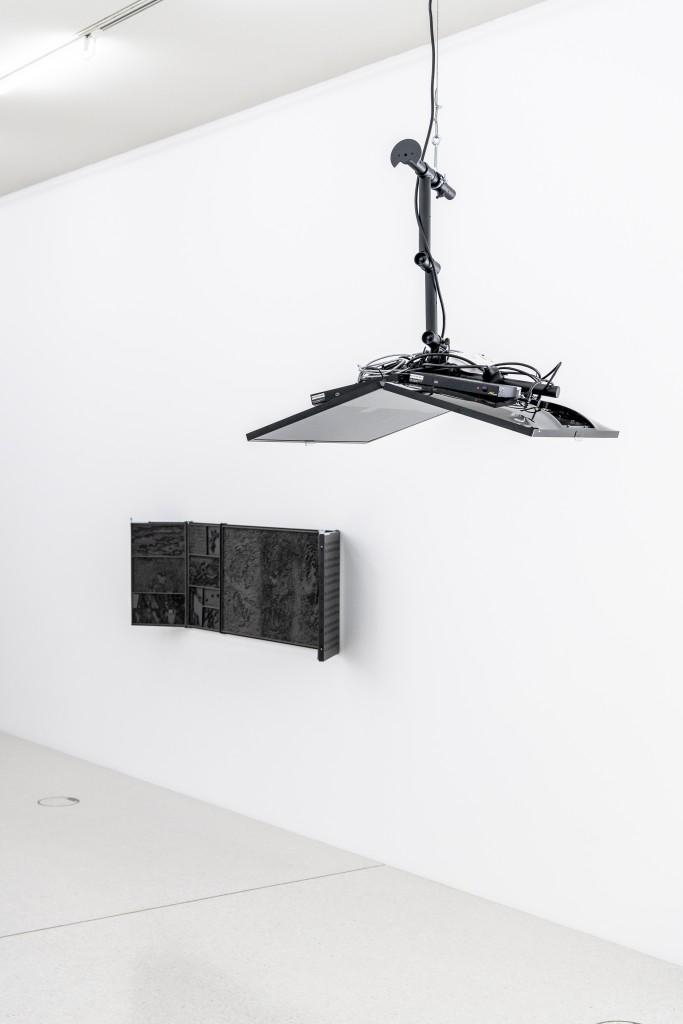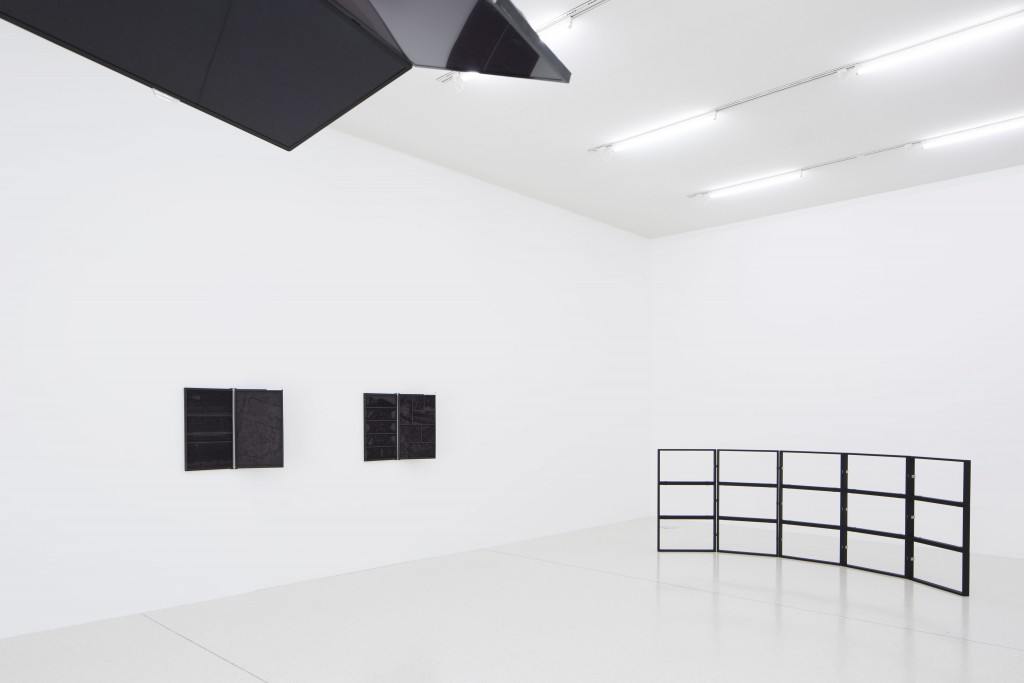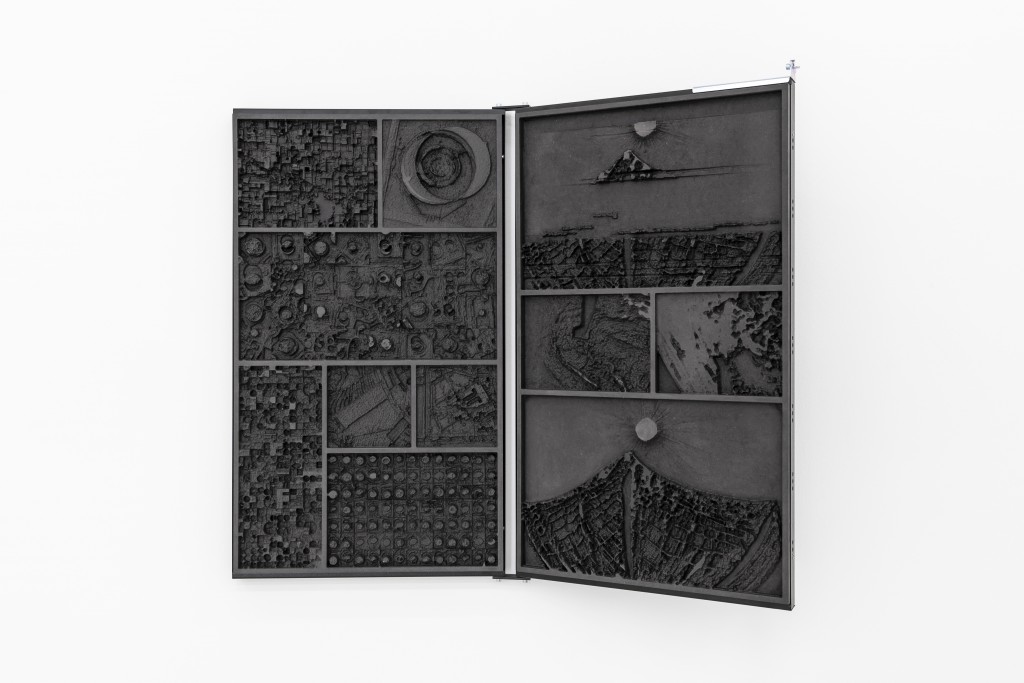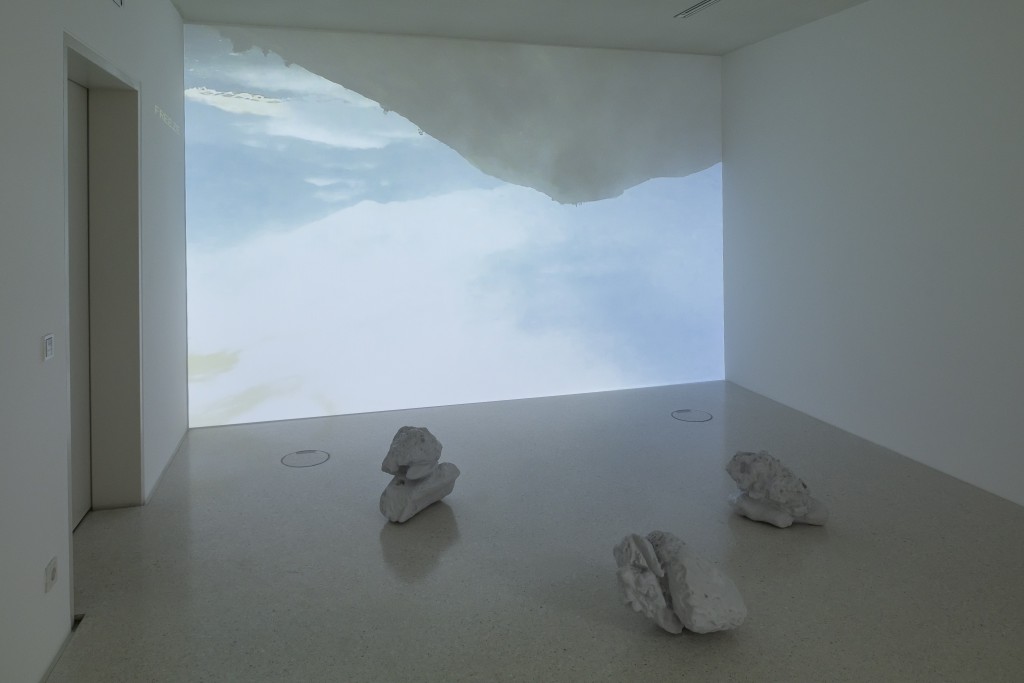Femke Herregraven – A reversal of what is expected
Westfälischen Kunstverein, Münster (DE)
6 July – 16 September 2018
Curated by Kristina Scepanski
booklet

“Femke Herregraven deals with the increasingly blurred boundaries between material and digital realities and the consequences that arise from this mixture for human existence and action. She uses a consistent meta-narrative that always accompanies her research and production. These are the complex structures and rules of the international financial system, whose processes are largely immaterial and yet require a material infrastructure and in turn form and influence these in a sustainable manner. The exhibition “A reversal of what is expected” will be determined by the two major supraindividual fears of our time. These are, according to Herregraven, just about the financial and ecological issues. She sees these two areas connected by our reactions to them: we anticipate the disaster (derived from experience), practice predictions and speculations, and finally try to save ourselves by taking out insurance policies that are focused on disasters and invest in them.
In her first institutional solo exhibition “A reversal of what is expected” at the Westfälischer Kunstverein, the Dutch artist Femke Herregraven takes a close look at the concept of catastrophe. Derived from the Greek, this term was initially not negatively connoted in any explicit sense, but meant instead a reversal, an unexpected change or (quite literally) a movement from a higher to a lower position. One is reminded here of the structure of Classical Greek tragedy, in which the protagonist is heading towards ineluctable catastrophe, the outcome of which he determines and its resolution supposedly resulting in catharsis for the audience. In this context, it also emerges that the impending catastrophe is not really a sudden, singular event, but rather a continual unfolding process, which undermines existing systems and leads to regulation of one kind or another. The semantic shift in the meaning of catastrophe – from the poetic to the ecological – made its first appearance in eighteenth-century dictionaries. The above forms the connection between Herregraven’s long-standing research and work on the interface between ecology and economics. For more than eight years now, she has been analysing the internal logic of international finance and has explored how finance has not only generated its own value systems, but also since long inscribed]itself into the workings of geopolitics. This overall state of being networked, this invisible and yet omnipresent influence of finance and trade, serve Herregraven as a complex meta-narrative to understand our human existence in society today. International finance reveals itself hereby as a driving force behind the dissolution of a traditional differentiation between our physical, real world and its virtual counterpart. Herregraven’s unique practice comprises the challenge of developing visualisations for intensively-researched, complex issues and connections. As a result, she herself moves between these worlds.”
Continue here for the exhibition text by Kristina Scepanski


































